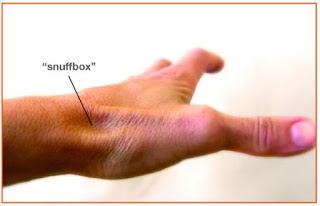Dr. Martin no longer be sees patients at the Hand Center of Western
Massachusetts. If you are a
patient of the Hand Center, we would like to assure you that your will continue to receive the utmost level of
care and attention to detail that you have come to expect.
Our plan is to offer
continuity of care for all patients at the Hand Center.
Dr. Wint and Dr. Wintman
are available to answer questions regarding your current treatment or to schedule new or
follow-up appointments. We will continue to be on call for the office and
its patients. When you call after hours, no matter what the situation is, you
will get one of them to answer your questions.
Our office
structure is something that we have developed over many years and we feel it is
our attention to detail that allows us to offer care at the highest
level. In addition we are always looking for ways to improve so please
let us know how we can better help you
in the future.
If you have any
questions please do not hesitate to contact the office.








